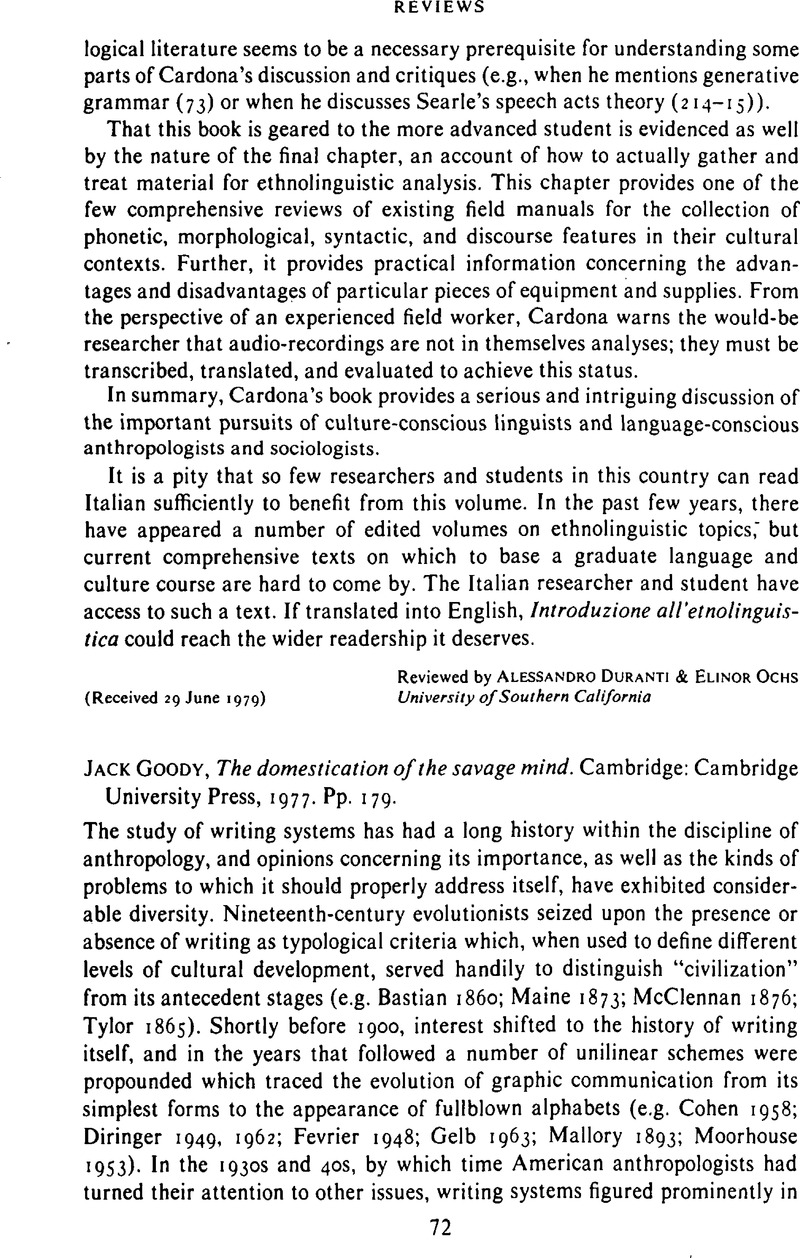Crossref Citations
This article has been cited by the following publications. This list is generated based on data provided by Crossref.
Akinnaso, F. Niyi
1981.
The Consequences of Literacy in Pragmatic and Theoretical Perspectives.
Anthropology & Education Quarterly,
Vol. 12,
Issue. 3,
p.
163.
Kifleyesus, Abbebe
2009.
Jeberti Women Traders’Innumeracy.
L'Homme,
p.
49.



